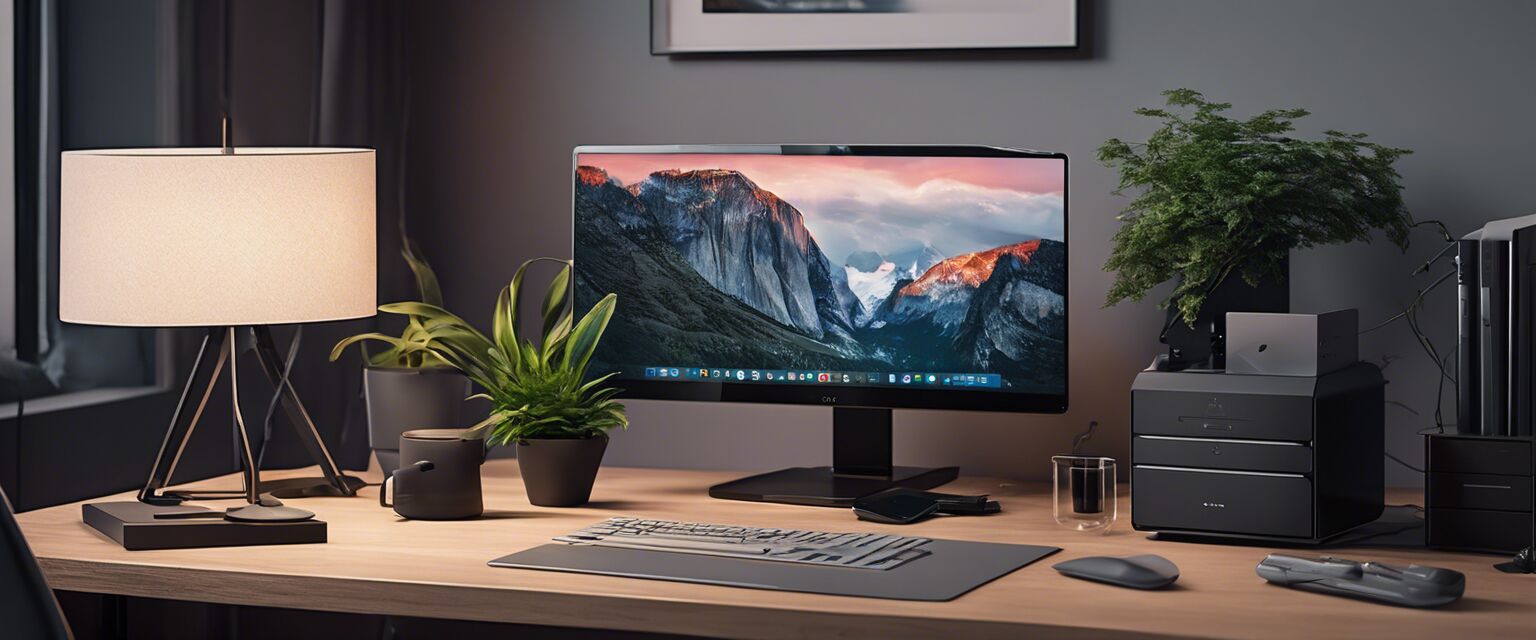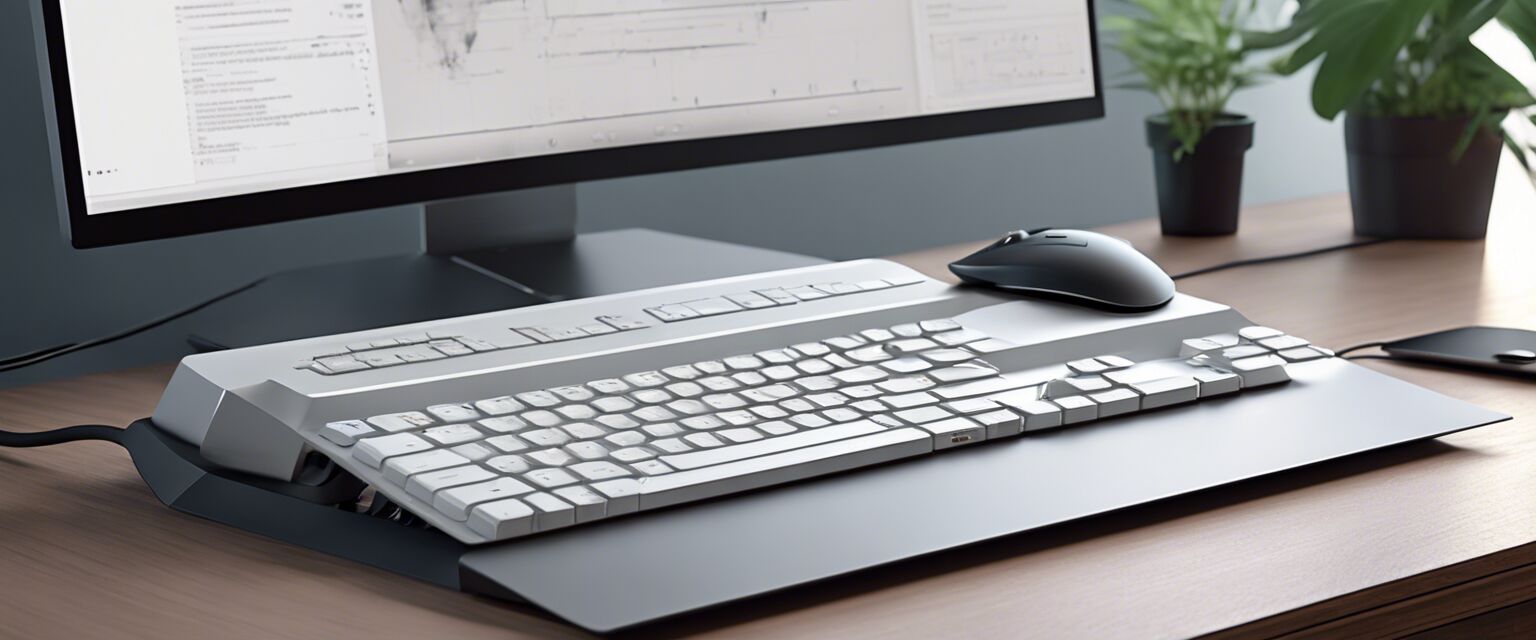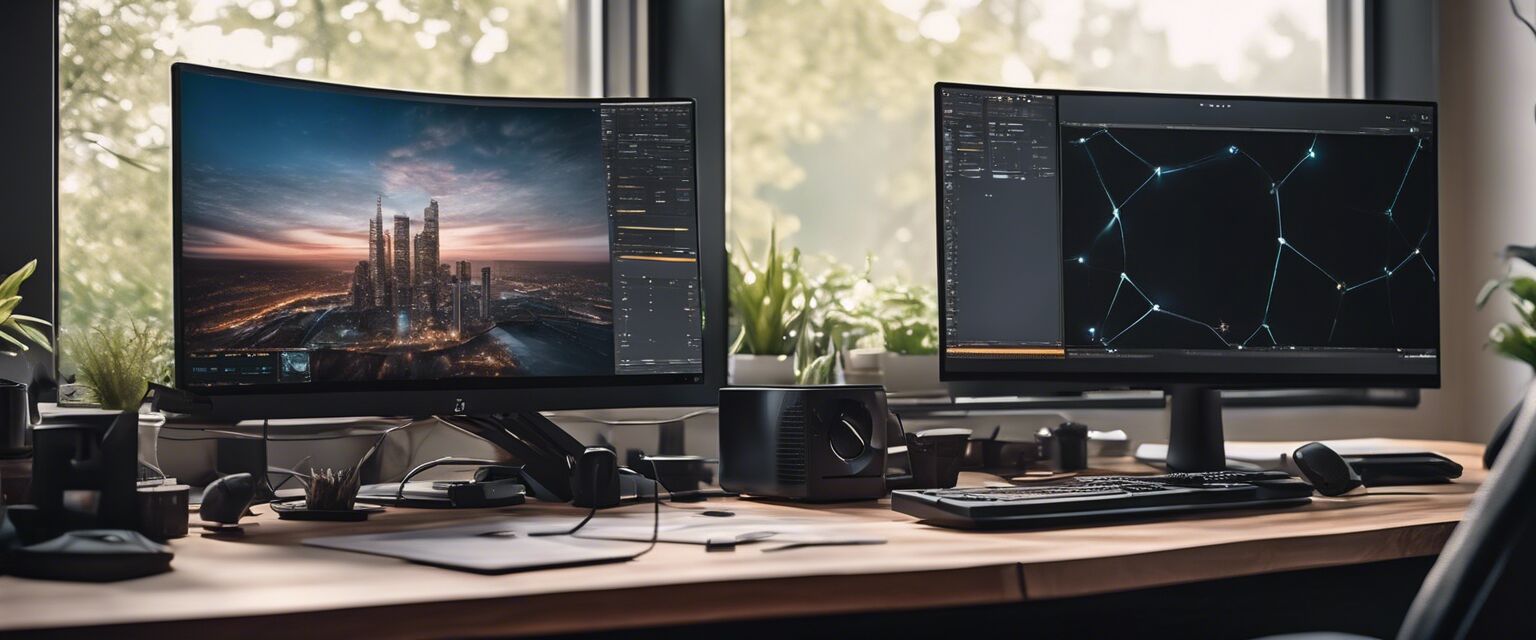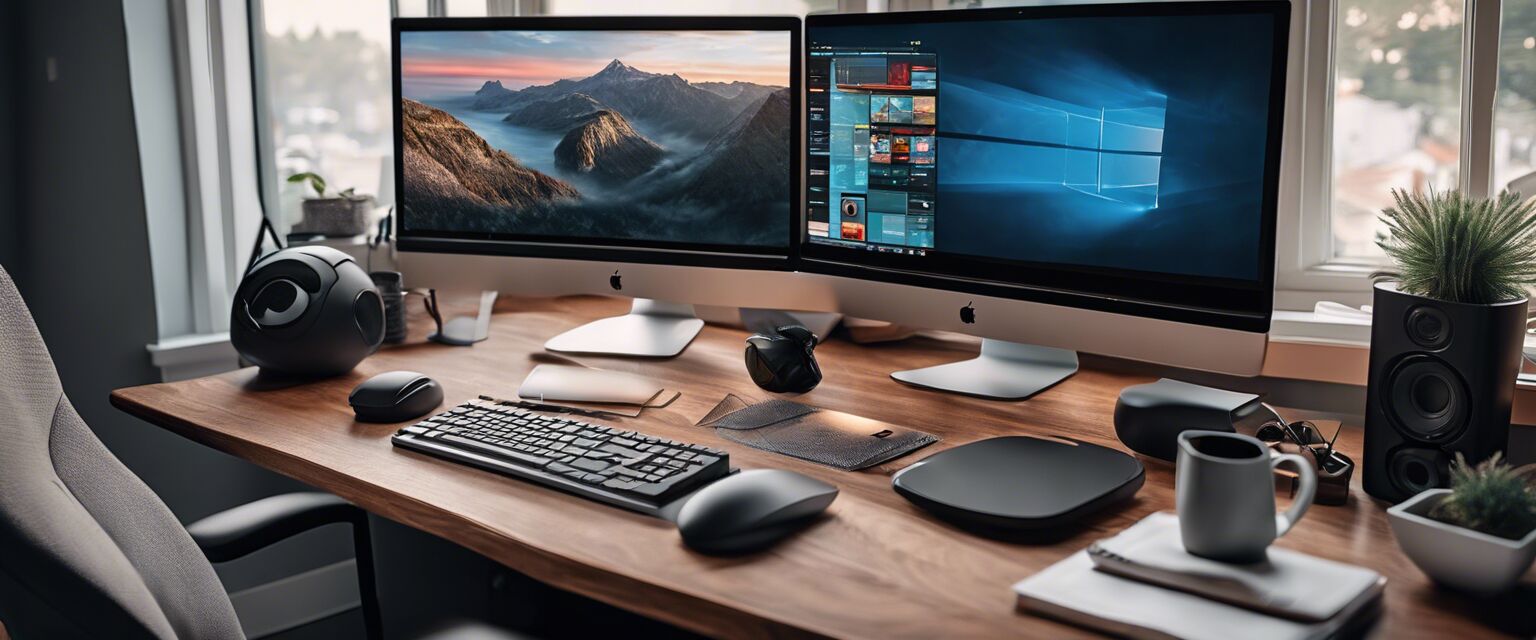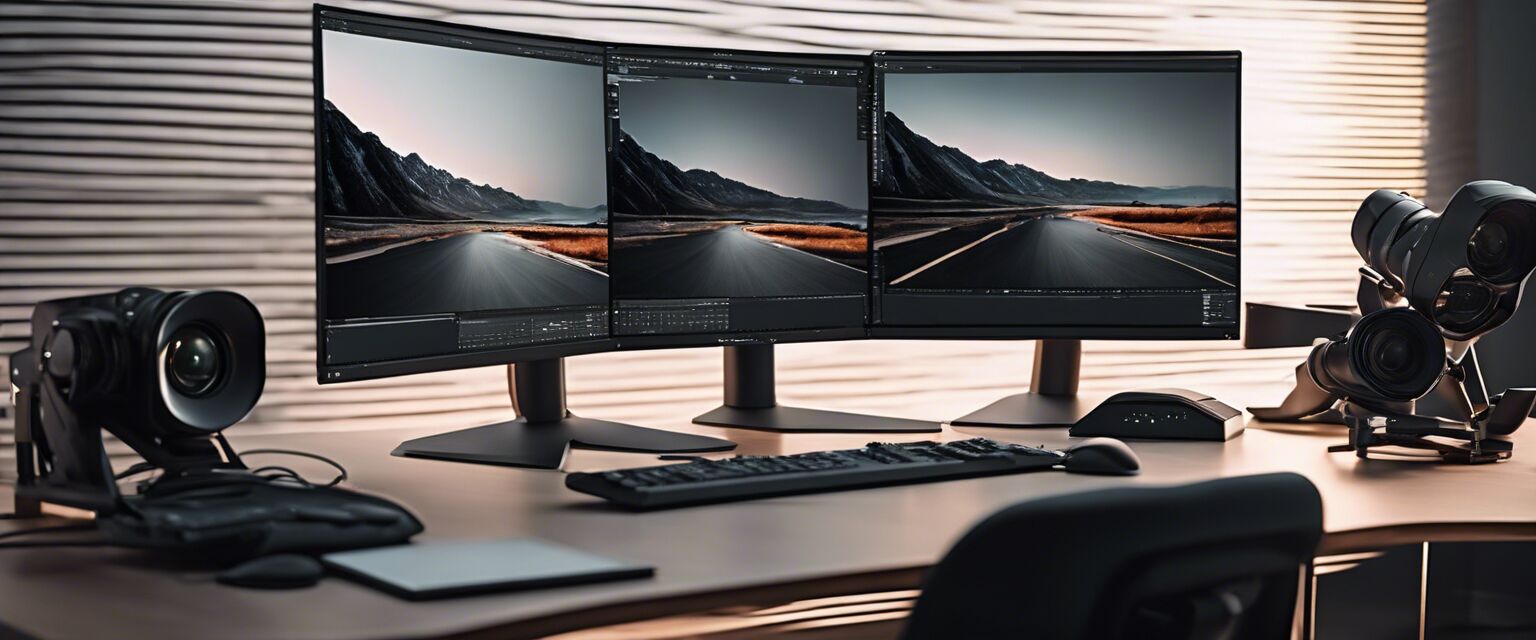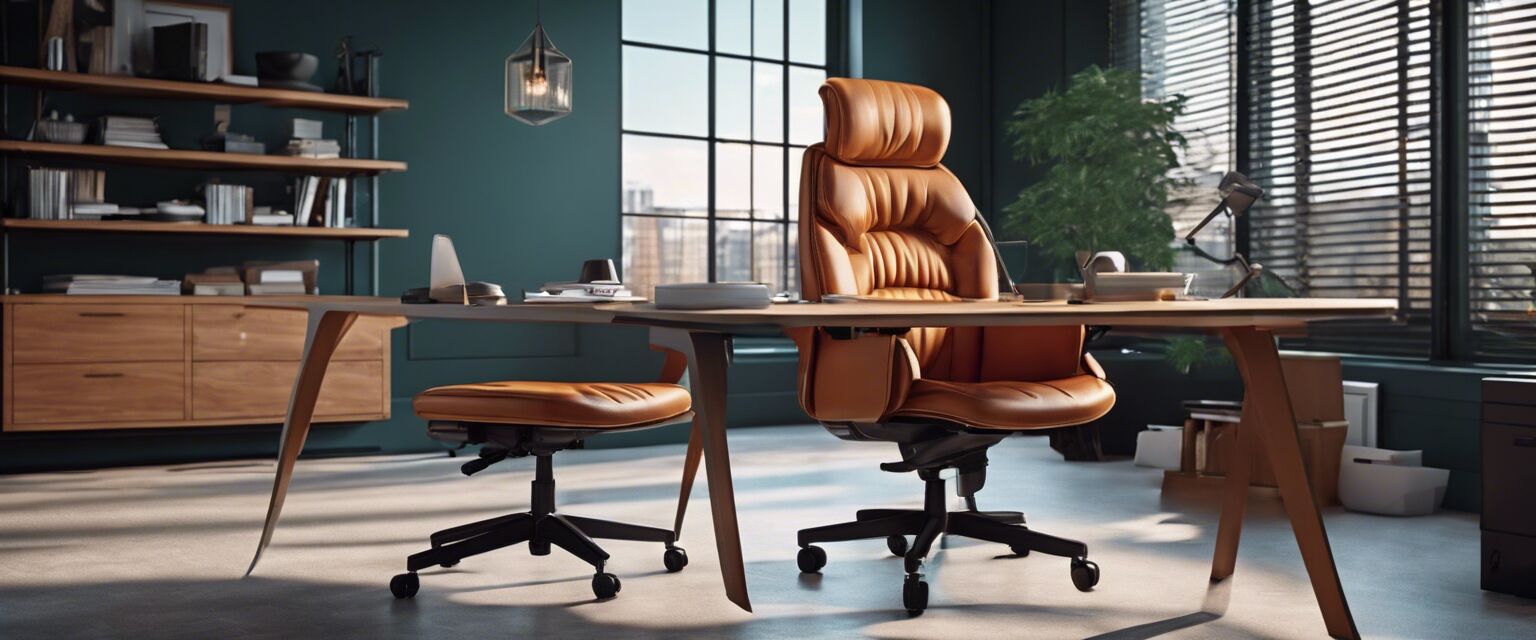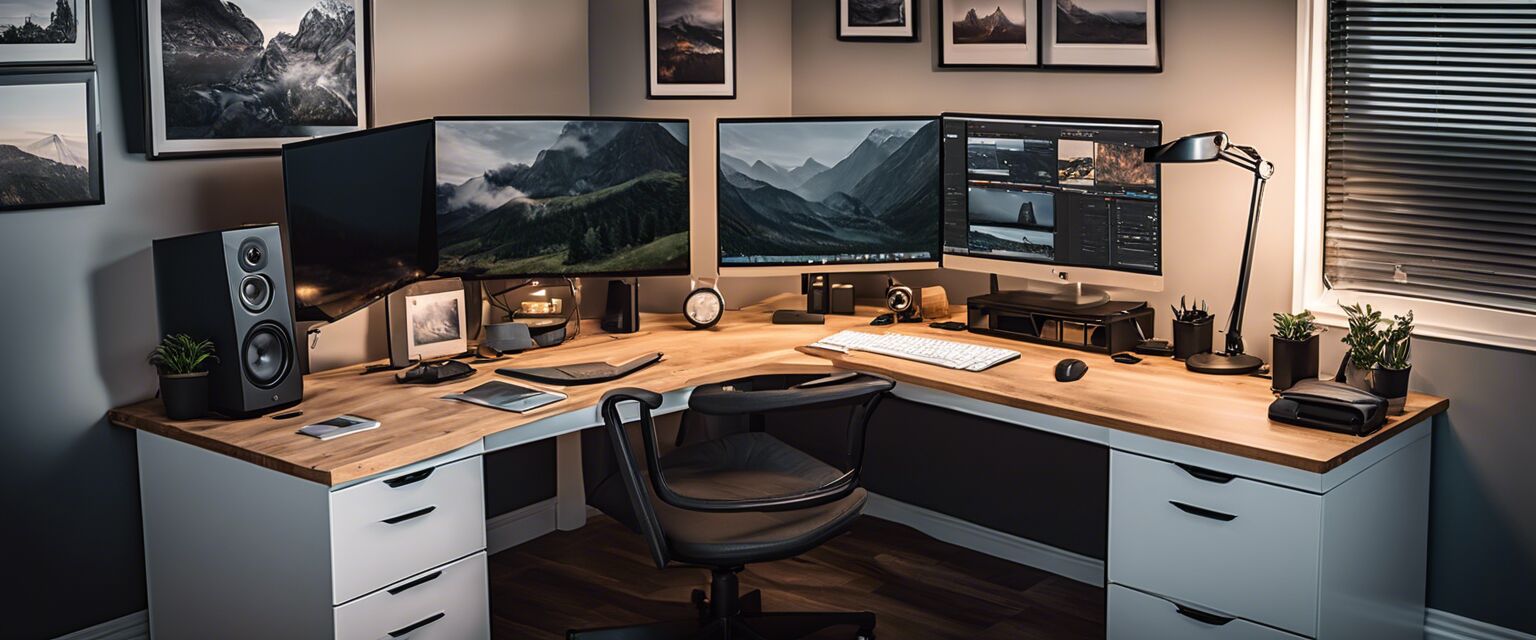
Cable management
Key Takeaways
- Effective cable management improves workspace aesthetics and functionality.
- Utilizing cable management products can reduce clutter.
- Organized cables can prevent wear and tear, extending the life of your devices.
- Consider ergonomic solutions to enhance comfort during work.
In todayâs digital world, having a well-organized home office is essential for productivity and comfort. One of the most critical aspects of an efficient workspace is effective cable management. This article will explore various tips and products that can help you manage your cables efficiently, ensuring a tidy and functional work environment.
Why is cable management important?
Proper cable management offers numerous benefits, including:
- Improved aesthetics: A neat and organized workspace looks more professional and inviting.
- Enhanced safety: Reducing the risk of tripping hazards caused by tangled cables.
- Increased longevity: Protecting cables from damage caused by wear and tear.
- Better airflow: Ensuring electronic devices remain cool by allowing for better ventilation.
Tips for effective cable management
1. Plan your workspace layout
Start by planning your workspace layout. Consider where your devices will be placed and how the cables will run. Keeping cables away from high-traffic areas will help reduce clutter.
2. Use cable organizers
Investing in cable organizers can significantly improve your cable management. Options include:
| Type | Description |
|---|---|
| Cable clips | Attach to surfaces to keep cables in place. |
| Cable sleeves | Encapsulate multiple cables into one tidy bundle. |
| Cable trays | Mount under desks to hide cables from view. |
| Velcro straps | Secure cables together for a clean look. |
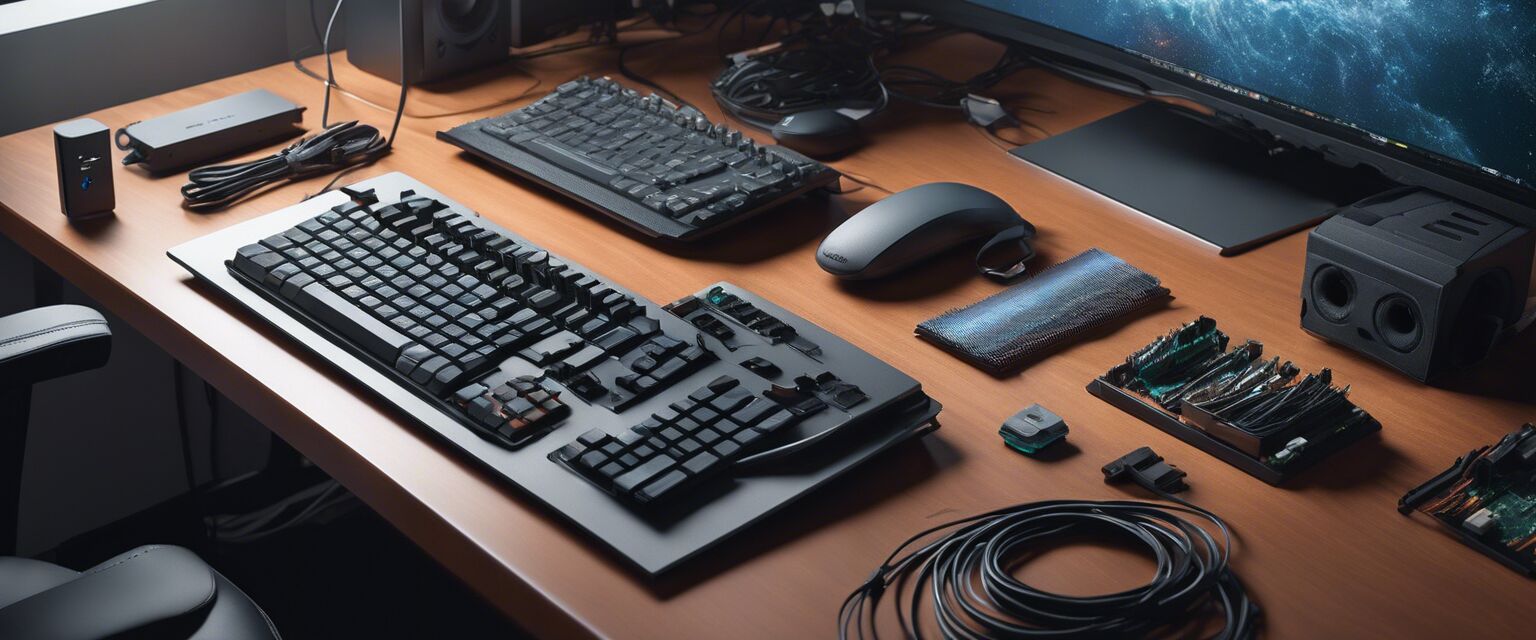
3. Label your cables
Labeling your cables can save you time when troubleshooting or rearranging your setup. Use colored labels or tape to identify which cable belongs to which device.
4. Create a cable management station
Designate a specific area to manage excess cables and power strips. This can be a drawer or a small box where you keep everything organized.
5. Regularly review and declutter
Every few months, take time to review your cables. Remove any cables that are no longer in use and reorganize as needed.
Popular cable management products
Here are some popular products that can help with cable management:
| Product | Features | Pros | Cons |
|---|---|---|---|
| Cable management clips | Easy to install, versatile | Affordable, reusable | May not hold heavier cables |
| Cable sleeves | Flexible, customizable length | Neat appearance, protects cables | Can be tricky to install |
| Under-desk cable trays | Mountable, sturdy | Hides cables from view, easy access | Requires installation |
| Velcro cable ties | Reusability, adjustable | Organizes cables neatly | May wear out over time |
Ergonomic considerations
In addition to managing cables, consider ergonomic solutions to enhance your workspace comfort:
- Adjustable desks to suit your height.
- Monitor stands to reduce neck strain.
- Ergonomic chairs to support posture.
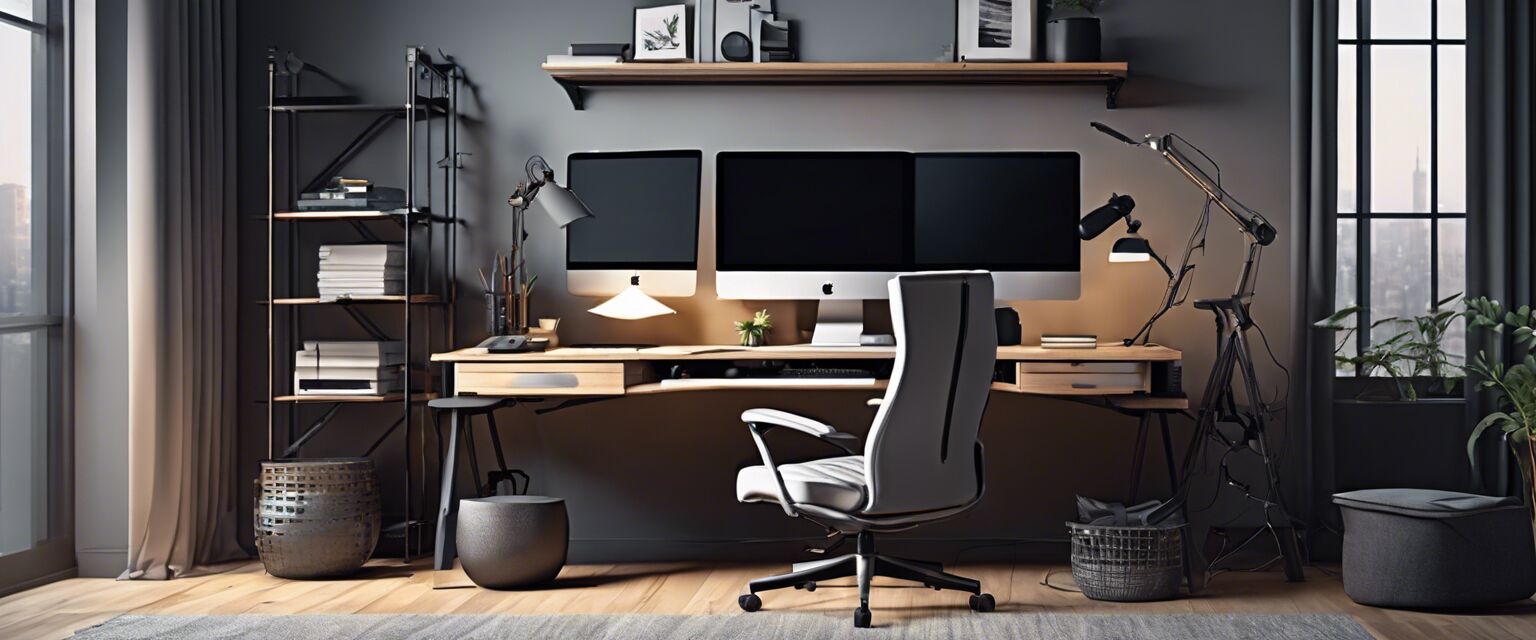
Common cable management mistakes to avoid
To ensure effective cable management, avoid these common pitfalls:
- Not planning the cable layout beforehand.
- Using too many different types of organizers.
- Ignoring cable maintenance and decluttering.
- Overloading power strips, creating safety hazards.
Conclusion
Effective cable management is essential for a tidy and functional home office. By implementing the tips and products discussed in this article, you can create an organized workspace that enhances both productivity and comfort. Remember to regularly review your setup and make adjustments as necessary.
Beginner's tips for cable management
- Start small: Focus on one area at a time.
- Choose a few cable management tools to begin with, and expand as needed.
- Set reminders to check and maintain your cable organization regularly.
Pros
- Improves workspace aesthetics.
- Reduces safety hazards.
- Extends the lifespan of cables and devices.
- Enhances productivity through better organization.
Cons
- Initial setup can be time-consuming.
- Some products may require a financial investment.
- Improper installation can lead to cable damage.
- Requires regular maintenance to stay organized.

